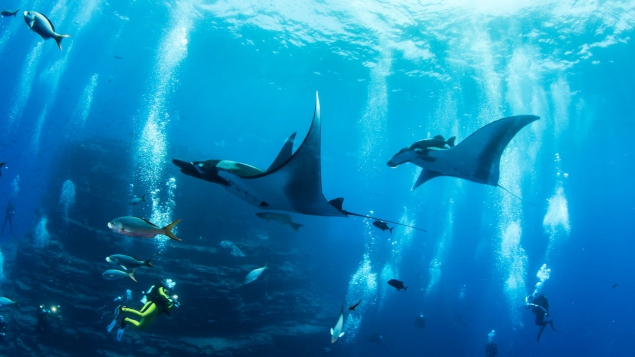
Koh Bon Island, Thailand
Best for: manta rays
There are few sights more serene than the enormous wings of a manta ray swooping through the water. Unlike stingrays, manta rays are filter feeders and don’t have a defence mechanism that can inadvertently harm humans. A particularly lovely spot to observe these gentle creatures is within the paradisiacal Similan Islands National Park in Thailand’s Andaman Sea.
"Frequent spotting and a long season make this the ideal place to dive with manta rays,” says Sylvain Chevreton, co-founder and co-owner of Khao Lak Explorer Dive Center. As many as 20 manta rays congregate at the "cleaning station" off Koh Bon island, where small fish come to pick at their skin, allowing divers to sit on the sandy bottom and simply watch the rays dance overhead. "Mid-October to mid-March is the best time to visit," Chevreton says. "Private guides can be arranged, on request, to lead trips from on board a yacht’s tender."
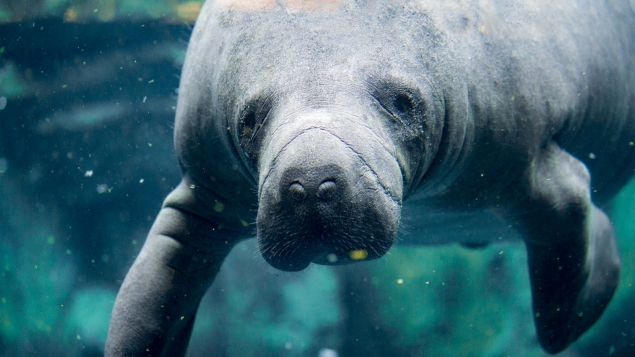
Crystal River, Florida
Best for: manatees
In the Crystal River National Wildlife Refuge, not far from Orlando or Tampa in Florida, lives a herd of nearly 100 large and docile "sea cows". These sea creates can measure up to 4.0 metres in length and weigh as much as 590 kilograms, but their gentle temperaments make them excellent swimming companions.
In Florida's crystal river the herd can easily be found enjoying the year-round warm water temperatures. You can see them at their most active from December through to March.
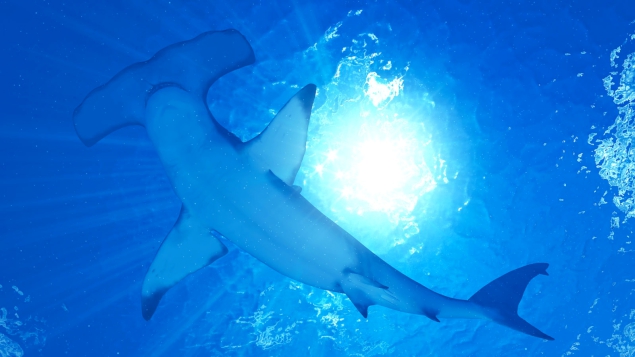
Galapagos Islands
Best for: hammerhead sharks
With its alien-looking oblong head, this magnificent shark is mind- bending to see up close. The spectacle is especially potent when they congregate in a gam (a group of sharks) of up to 100, as they do off the isolated Galapagos Islands.
"The best places to dive with hammerheads are Wolf and Darwin islands, which involve long travel to the northernmost islands," says Jack Nelson, of Scuba Iguana in the Galapagos. Gordon Rocks, North Seymour Island and Kicker Rock are all options closer to the main islands – and, as it’s the Galapagos, diving is restricted to designated sites. The calmest weather is between February and June, but there are more "big wildlife" sightings from August to November when the sea is cooler. Once you’re in the water with the sharks, Nelson sensibly recommends a subtle approach. "Control your breathing so you are slowly inhaling as the hammerheads approach. Bubbles tend to repel them," he explains.
Getting to the northernmost islands would normally require staying on a local dive boat, but superyachts can apply for cruising permits and take along a dive guide licensed by the national park. "That is a very involved and expensive option, requiring an agent and lots of lead time," says Nelson. But it’s worth it for a private diving experience with those distinctive hammerheads.
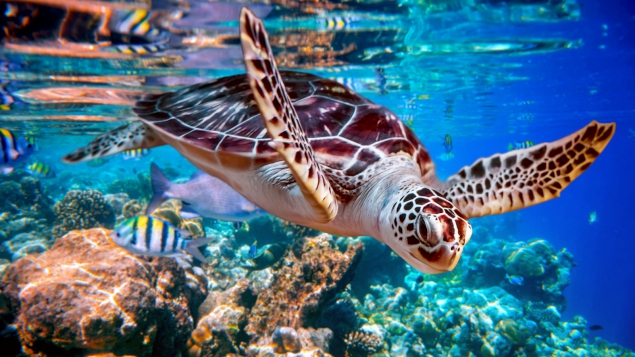
Fitzroy Island, Australia
Best for: turtles
Located in the Coral Sea, off the coast of Queensland in Australia, The Great Barrier Reef has become a symbol of the ocean’s spectacular bounty. Stretching over 2,300 kilometres this natural wonder comprises over 3000 individual reef systems and coral cays, as well as hundreds of picturesque tropical islands worth visiting.
As well as the reef itself, wildlife is abundant in the area. The Great Barrier Reef is home to seven species of sea turtles, including the Hawksbill, which you can spot swimming throughout the year.
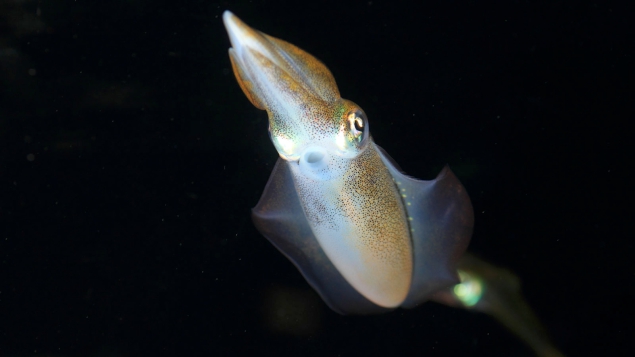
Sea of Cortez, Mexico
Best for: Humboldt squid
Often called the "jumbo" squid, the Humboldt can grow up to 2.5 metres and weigh up to 50 kilograms. One of the more accessible places to see them is in the Sea of Cortez, Mexico.
"Sadly, over recent years, squid numbers have diminished," says Luke Inman, the owner of Cortez Expeditions. The dive company runs tours for television and film companies as well as private expeditions, making them ideal for the superyacht scuba diver.
The Humboldt squid can be aggressive towards humans, though it’s thought that this behaviour coincides with feeding times. Cortez Expeditions requires that each diver demonstrates their ability before setting out. It also provides training and certification, using a chain mail suit and full face mask for protection.
The best time to see Humboldts is at night when they flash red and white owing to bioluminescence – a trick that earned them the nickname of diablo rojo, or red devil, among Spanish fishermen. Divers descend in full protection in groups of two or three, with "squid wranglers" communicating constantly from the surface.
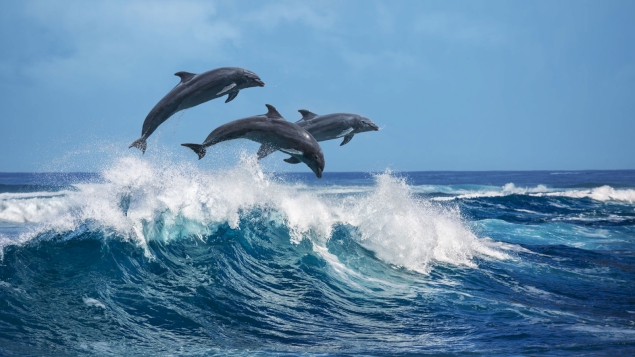
Bimini, The Bahamas
Best for: Dolphins
Dolphins are often spotted playing in the wake of superyachts, but swimming up close with them in the wild is also a possibility. Only 50 nautical miles from the superyacht hub of Miami, in the Caribbean district of Bimini, divers or swimmers have the opportunity to get up close and personal with a group of wild Atlnatic spotted dolphins.
They'll usually interact with fellow swimmers too, as a guide at Wild Dolphin Safari, whose adventures take place in waters of 5 to 10 metres explains: "The more energetic we become, the more animated the dolphins are in their responses".
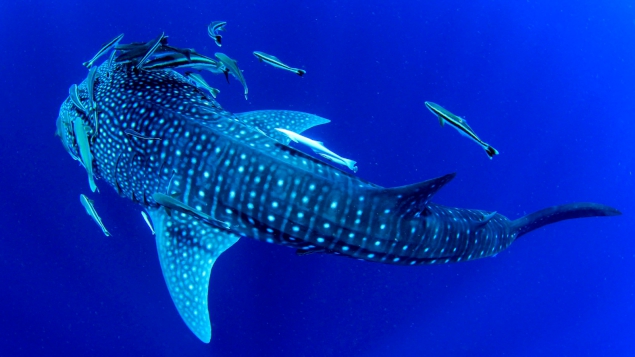
Gladden Spirit, Belize
Best for: whale sharks
"Having the privilege to swim next to these majestic creatures, that average a length of 10 to 12 metres, takes your breath away," says Geordie Mackay-Lewis, founder of expedition company Pelorus. "If we are lucky to get a good clear sighting, it is always one of the highlights of the trip for a client."
Look for them from March to June off the Gladden Spit and the islands of the Silk Cayes Marine Reserve, off Placencia in southern Belize (where a superyacht marina is under way). Tropical fish spawn here around the full moon, attracting the whale sharks, who feast on their eggs. These remote islands are an idyllic spot to swim with these behemoths and just offshore is the Belize Barrier Reef, one of the largest in the world, which offers fantastic diving.
"The whale shark swims slowly and near the surface to feed. It is tempting for people to get too close, which results in the whale shark diving to avoid you being a threat," says Mackay-Lewis. The sharks could then throw quite a punch with their giant tails. Some rules of the sea? Keep at least 3 metres away at all times, no flash photography, no touching – and don’t get in their way.
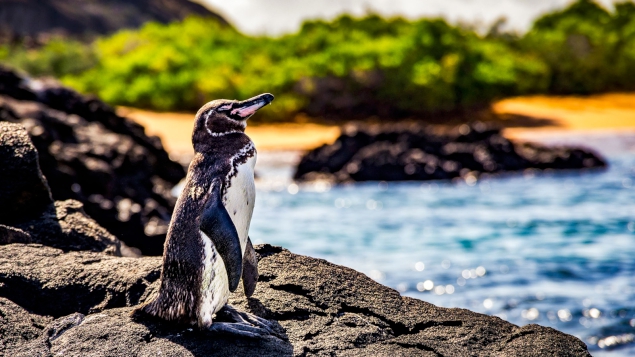
Galapagos Islands
Best for: Penguins
As well as being home to species such as the hammerhead shark, the Galapagos are ideal for birdwatching enthusiasts. Albatross, cormorants and hawks are some of the characters found on the island, but penguins are particularly popular with visitors.
You can see these fascinating birds torpedoing through the water on nearly every snorkel or dive here. And, unlike many penguin habitats, the water in the Galapagos is fairly warm year-round.
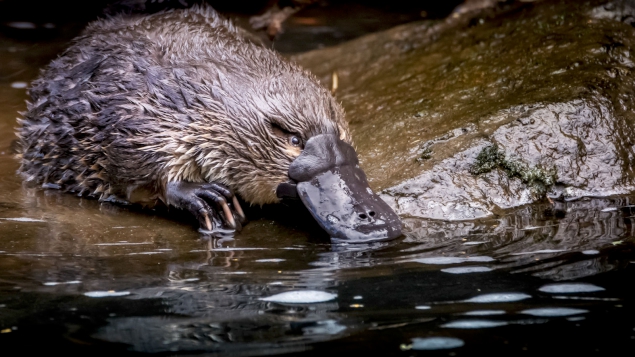
Eungella, Australia
Best for: Platypus
The platypus - the semiaquatic, egg-laying mammal - can be spotted year round in the rainforest in the Mackay Region of Queensland, Australia. "It’s the only place in Australia that you can dive in platypus waters, and 98 per cent of people who see a platypus in the wild see it in our area," says Luana Royle, of Rainforest Scuba, based in Finch Hatton.
There are a few rules: no touching, and no enticing platypuses with food – it’s all about observing and letting them interact if they choose to. "It is truly amazing," says Royle. "I have been lucky enough to have one get really close and nibble on my dive equipment and go on its way."
The experience is suitable for veteran and novice divers alike. "For children as young as eight, I can take them in one to two metres of water, and there’s no current to contend with," Royle explains. The tours start with platypus education and feature the other creatures that inhabit the river. "You also have the chance to see a variety of turtles, seven species of fish, rare Gordian rainbow-coloured worms and freshwater eels," she adds.
Heading inland for scuba diving might seem counterintuitive, but it’s the perfect excursion if you’re moored at Abell Point Marina, less than a two-hour drive away.
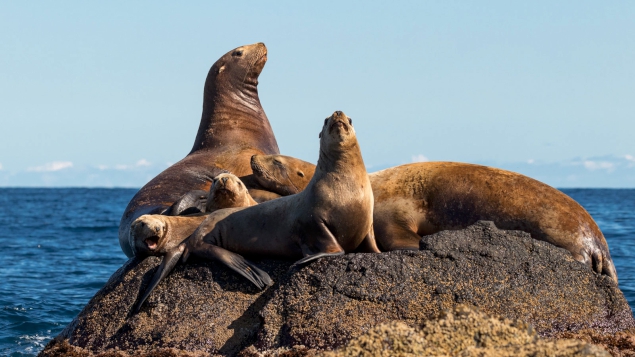
Marlborough Sounds, New Zealand
Best for: sea lions
Playful sea lion pups can be found in Mexico’s Sea of Cortez or the Galapagos, but a particularly picturesque spot to meet them is Marlborough Sounds.
This seriously scenic network of sea-drowned valleys is located on the scenic north-eastern tip of New Zealand’s South Island and offers some of the country's most sublime cruising (as well as being home to New Zealand’s largest wine-growing region). Look further inland and you’ll spot puffins watching from the green hillsides too.
